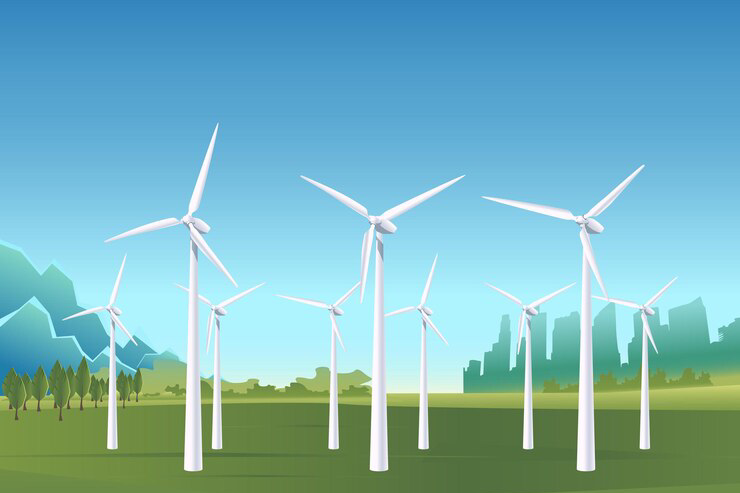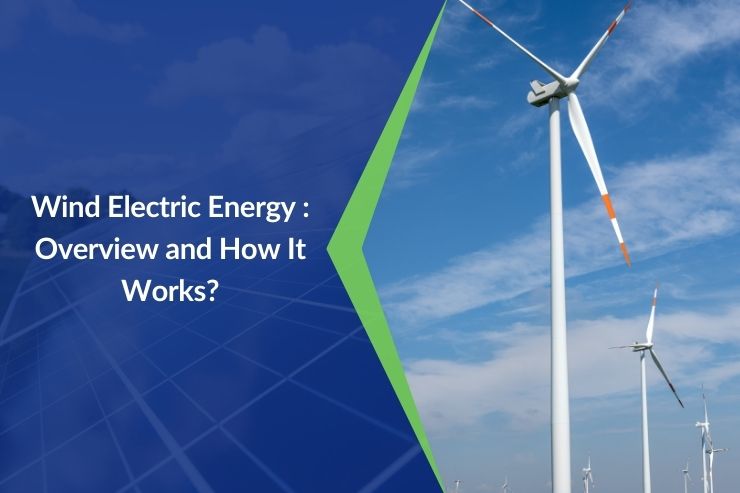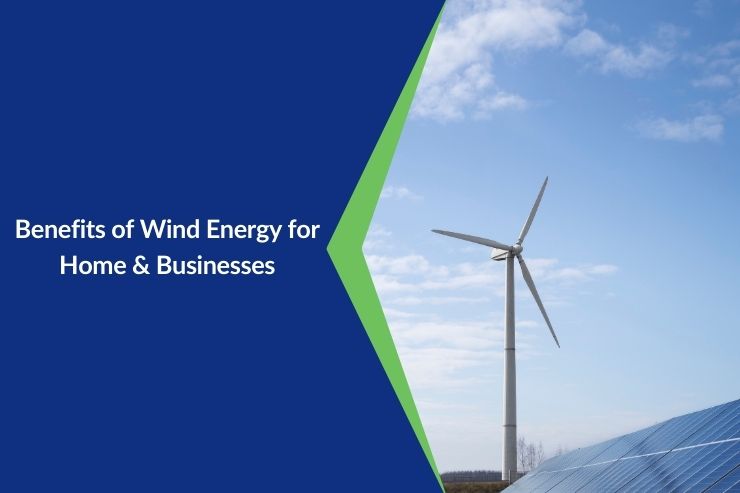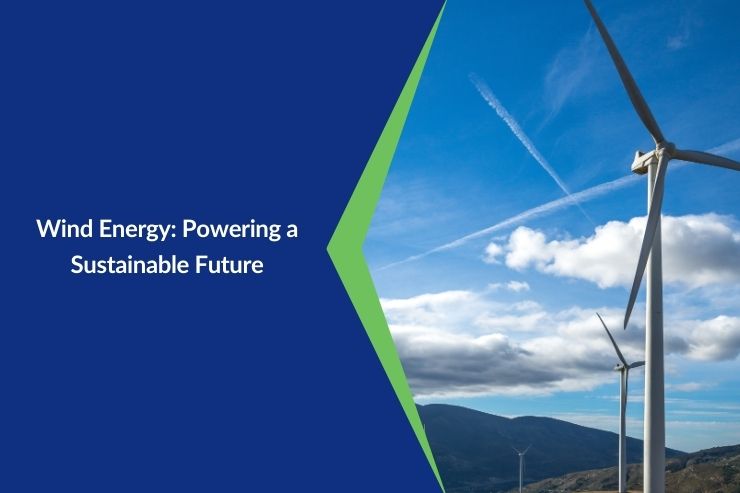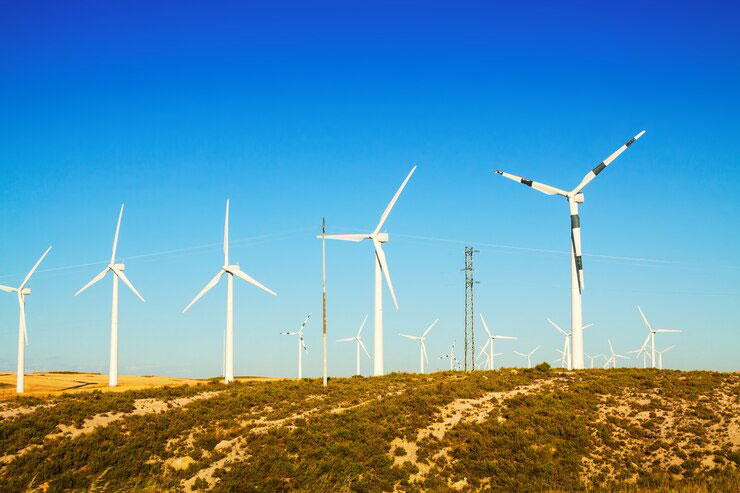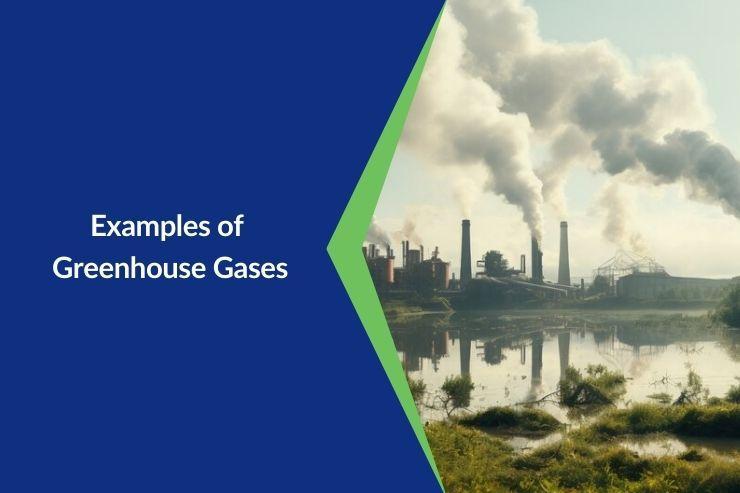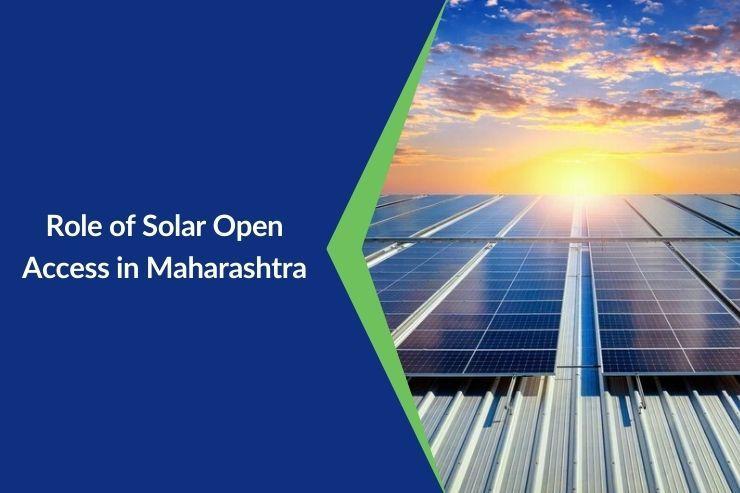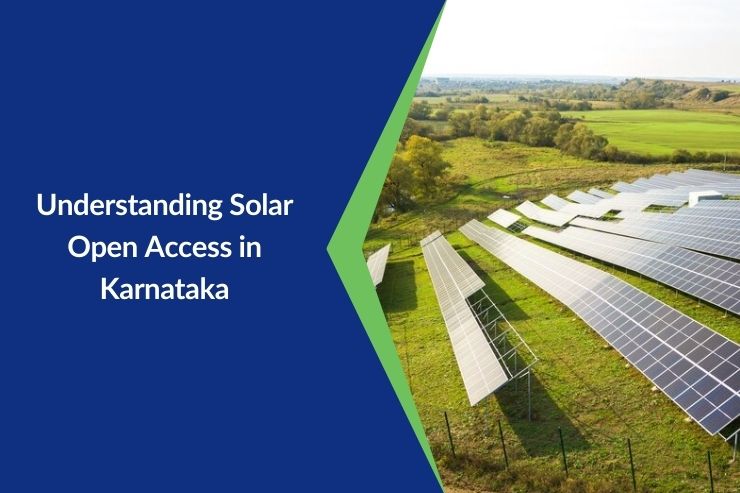Overview
Windmills, which utilise the wind’s natural force to produce electricity, represent a crucial component of the current systems for renewable energy. They play a vital part in the renewable energy sector, offering an eco-friendly substitute for power production that depends on fossils. This blog will discuss everything you need to know about wind turbines and their associated aspects.
How Wind Turbines Work
Understanding how wind turbines convert wind energy into electrical power is helpful in understanding their role in renewable energy. These complex machines are marvels of modern engineering, designed to maximise the capture and conversion of wind into usable energy.
Basic Components of a Wind Turbine
The basic components include rotor blades, a nacelle, a tower, and a foundation. The rotor blades capture the wind’s kinetic energy. The nacelle, which sits atop the tower, houses the generator and gearbox. The tower provides the necessary height to capture stronger winds, and the foundation supports the structure’s immense weight and mechanical forces.
Energy Conversion Process
The process of converting wind energy into electricity begins when the wind moves the rotor blades, creating rotational motion. This motion turns the shaft connected to a gearbox within the nacelle, which increases the rotation speed of the generator. The generator then uses magnetic fields to convert the mechanical energy into electrical energy, which is transmitted to the power grid.
Efficiency Factors
The efficiency of a wind turbine is mainly affected by wind speed, turbine design, and proper placement. Optimal locations are chosen based on consistent wind patterns. Modern turbines are designed with advanced materials and aerodynamic models to enhance their efficiency, which is important for maximising energy output and reducing the overall cost per kilowatt-hour.
Types of Wind Turbines
Exploring different types of wind turbines showcases their adaptability and suitability for various settings. Whether towering over open plains or nestled in urban landscapes, each type of turbine has unique characteristics that make it appropriate for specific environments.
Horizontal-Axis Wind Turbines (HAWTs)
Most people picture horizontal-axis wind turbines, or HAWTs when they think of wind turbines. They stand tall with blades rotating around a horizontal axis. You’ll see these giants mostly in large wind farms where their efficiency shines. Their ability to harness consistent winds and generate notable amounts of electricity makes them a favourite in areas with vast open spaces.
Vertical-Axis Wind Turbines (VAWTs)
On the other hand, vertical-axis wind turbines (VAWTs) take a different spin when capturing wind. These turbines rotate around a vertical axis and are fantastic at catching wind from any direction. This makes VAWTs especially useful in areas where wind patterns are less predictable. Their versatility shines in urban or residential settings, where buildings might otherwise block or redirect wind flow. Plus, their unique design can often be a conversation starter, blending more easily into the aesthetic of modern cityscapes.
Also Read – Horizontal and Vertical Axis Wind Turbines
Advantages of Wind Turbines
Deploying wind turbines has benefits beyond generating electricity; they also contribute to environmental and economic sustainability.
Environmental Benefits
Wind turbines significantly reduce carbon footprints and dependence on fossil fuels. They produce clean, green energy that helps combat climate change.
Economic Benefits
Besides being cost-effective in the long run, wind turbines create jobs in the manufacturing and maintenance sectors. They also promote energy independence by reducing reliance on imported fuels.
Challenges and Limitations
Despite their benefits, wind turbines face several challenges affecting their effectiveness and acceptance.
Environmental Impact
While beneficial to the environment overall, wind turbines can negatively impact local wildlife, particularly birds and bats. Noise pollution is also a concern for communities living near wind farms.
Technical Challenges
Maintenance can be challenging, especially for offshore installations. Efficiency drops in areas with low wind speeds, and integrating wind power into existing grids can be technically complex.
Click to Know More About – Wind Turbine Power Plants
Future of Wind Turbines
The future of wind turbines is looking incredibly promising as technological advancements push the boundaries of efficiency and practical application. Innovations are continually surfacing in turbine technology, enhancing how these giants make the most of the wind.
Developing hybrid renewable energy systems integrating wind power with other renewable sources like solar and hydro sets the stage for more reliable and efficient energy solutions. These advancements make sure that wind turbines remain at the forefront of renewable energy technology, becoming more adaptable and robust.
As we move towards a more sustainable future, wind turbines play a key role in the global energy transition. They are a prominent part of the broader strategy to shift away from fossil fuels towards renewable energy sources. Wind turbines’ ability to provide large-scale, renewable power makes them very important for achieving global energy sustainability goals.
Their integration into energy systems worldwide is not just about generating power; it’s about reshaping our energy landscape to be more sustainable and environmentally friendly, providing a cleaner, greener future for generations to come.
Applications of Wind Turbines
Wind turbines are versatile in their application, ranging from large-scale power generation to local energy solutions.
Utility-Scale Wind Power
Large wind farms use these turbines to generate massive amounts of electricity that is supplied to the power grid.
Small-Scale Wind Power
Smaller turbines can be used in residential or commercial settings to provide local energy solutions.
Offshore Wind Turbines
Placing turbines offshore can harness stronger ocean winds and contribute greatly to a region’s energy mix.
Conclusion
The transition to renewable energy relies on wind turbines for their environmental and economic contributions and manageable challenges. The continued evolution and integration of these systems into global energy frameworks are essential for sustainable development. Responsible companies are making significant strides by offering advanced, innovative, and affordable renewable energy and clean tech solutions. With these efforts, the world is undoubtedly progressing toward a more sustainable lifestyle.
Frequently Asked Questions
How Do Wind Turbines Generate Electricity?
So, imagine the wind blowing and pushing against the giant blades of a wind turbine. Those blades start spinning around, right? That spinning action turns a shaft connected to a generator inside the turbine. This generator then does its magic, converting that spinning motion into electricity. It’s like turning a breeze into power you can use to light up your home!
What is The Speed of a Wind Turbine?
The speed of wind turbines isn’t one-size-fits-all; it varies. Most of the giant turbines we see out in wind farms spin at speeds between 12 to 22 rotations per minute. The exact speed at which they spin depends on how gusty it is outside and the design of the turbine itself.
What are The Environmental Benefits of Wind Turbines?
Wind turbines are real eco-heroes! They cut down on our need for dirty fossil fuels, which means fewer greenhouse gases getting pumped into the air. Plus, unlike coal or gas plants, they don’t suck loads of water or pollute the air, so they’re a big win for the planet.
What are The Common Challenges Faced By Wind Turbine Operators?
Running wind turbines can be a breeze. The operators must keep them well-maintained, which can be tricky and expensive, especially since these turbines are usually way out in the middle of nowhere or offshore. They also have to ensure the electricity generated matches what the grid needs, which can get pretty technical.
Can Wind Turbines Be Used in Residential Areas?
Absolutely! While those giant turbines might not fit in your backyard, smaller versions are designed just for residential areas. These can sit on your property and churn electricity for your home. It’s an excellent way to slash your energy bills and do your bit for the Earth without needing much space.

